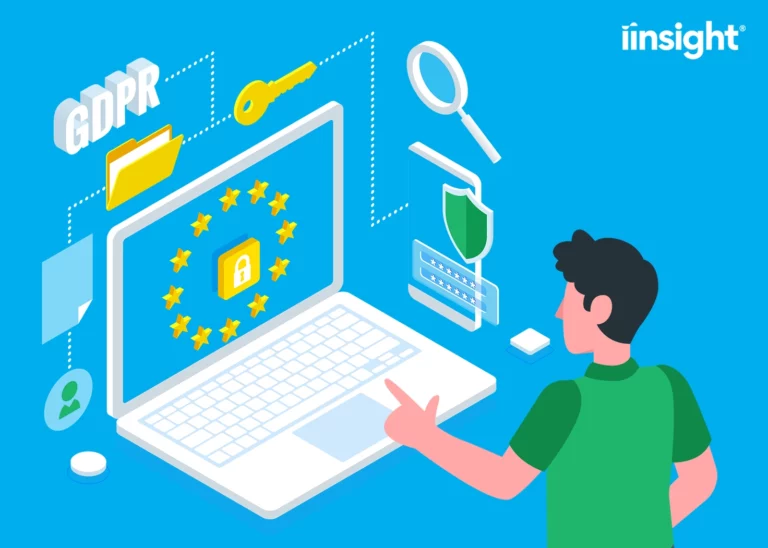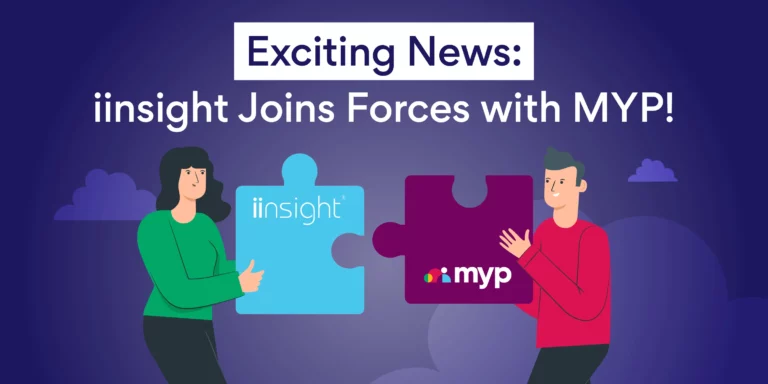Work health and safety management software or simply WHS management software is designed to help employers protect everyone in the workplace. It is an important investment for any business owner, as it will be instrumental in preventing and managing illnesses and injuries, as well as in complying with government regulations.
Of course, this software is just one of the many facets of an effective WHS management and Return to Work program. Nevertheless, the benefits that it can bring to your business cannot be played down.
Streamlining and automating the entire process
The best WHS management software is designed to uncomplicate things. It comes with essential tools and features that are making every process simpler, faster, and easier than before. The software streamlines and automates processes across departments such as the human resources and accounting. With data entry made effortless, reporting workplace injuries, keeping health records, and attaching documents can be completed in a shorter time.
Cloud-based
The second key benefit of a reliable WHS management software is that it is cloud-based. That means the system is accessible using any device. As long as you’re connected to the internet, you can retrieve, upload, or edit data just about anywhere. Another great thing about cloud-based applications is that they ensure the system are synched and updated. This way, every person working on a case can stay on the same page.
Reduce administrative costs and ensure data security
Some companies opt to outsource these functions to a third-party provider. While this does lighten their workload, it poses a risk in terms of data security and privacy. After all, they are passing crucial information about their businesses and employees to an outsider. It is somehow inconvenient as well, considering that they have to stay in touch with the third-party company for proper coordination.
WHS management software system can help you with both. By streamlining the process, you can reduce your administrative costs. And by managing your company’s health and safety, you will be more in control and be sure that your data is secure.












